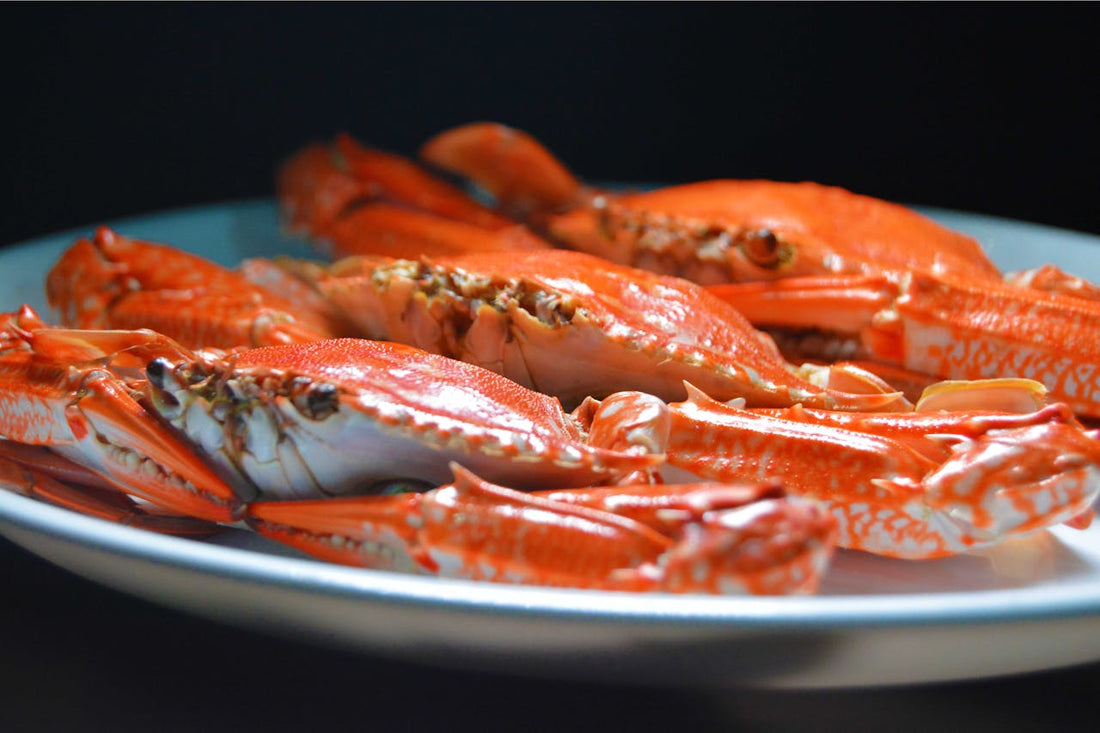What is Crab Rangoon?
Crab Rangoon, a fried wonton filled with a creamy mixture of crab (or imitation crab), cream cheese, and seasonings, is a dish that has found its way onto countless Chinese-American restaurant menus. With its crispy golden shell and rich, tangy filling, it’s a go-to appetizer for anyone seeking a little indulgence.
But did you know that Crab Rangoon isn’t authentically Chinese? Despite its ubiquitous presence at Chinese-American buffets, the dish has a unique history that traces back to mid-20th-century American culinary innovation rather than ancient Asian cuisine.
The Birth of Crab Rangoon
The origins of Crab Rangoon can be traced to the 1950s, during the golden era of Tiki culture in America. This was a time when Polynesian-inspired restaurants and bars became wildly popular, thanks to their exotic cocktails, tropical décor, and creative fusion dishes.
One of the most influential figures behind the rise of Tiki culture was Victor Bergeron, better known as Trader Vic. Trader Vic’s, his chain of Polynesian-themed restaurants, introduced a menu of creative dishes that borrowed inspiration from various cuisines, blending Asian flavors with a touch of American ingenuity. It was on one of these menus that Crab Rangoon first appeared.
Though there’s no definitive record of the exact year Crab Rangoon was invented, it is widely believed to have debuted at Trader Vic’s restaurants. Despite its name suggesting Burmese roots (Rangoon is the former name of Yangon, Myanmar’s largest city), there’s no evidence linking Crab Rangoon to traditional Burmese cuisine. Instead, the dish is a clever fusion that embodies the mid-century American fascination with “exotic” flavors.
Why Cream Cheese?
One of the most distinctive ingredients in Crab Rangoon is cream cheese, which is not traditionally used in Chinese or Southeast Asian cooking. Cream cheese was an entirely American addition, used for its creamy texture and rich flavor, which pairs well with the delicate sweetness of crab.
The use of cream cheese reflects the mid-century trend of adapting Asian-inspired dishes to appeal to American palates. By incorporating familiar ingredients like cream cheese, dishes like Crab Rangoon became more accessible to the average diner, paving the way for its popularity.
Crab Rangoon Goes Mainstream
After its introduction at Trader Vic’s, Crab Rangoon quickly gained popularity, becoming a staple on Chinese-American restaurant menus across the United States. Its crispy texture, creamy filling, and mild flavor profile made it an easy crowd-pleaser.
By the 1970s and 1980s, Crab Rangoon had cemented its place as one of the quintessential appetizers in Chinese-American cuisine, often served with a side of sweet-and-sour or plum sauce for dipping. It’s now a mainstay at everything from takeout joints to high-end fusion restaurants.
Is There Any Authenticity to Crab Rangoon?
While Crab Rangoon doesn’t have roots in traditional Chinese or Burmese cooking, its enduring popularity speaks to the global evolution of cuisine. It’s a dish that showcases the creativity of immigrant and American chefs blending culinary traditions to create something entirely new.
Crab Rangoon reflects the spirit of culinary fusion and the willingness to experiment with flavors and techniques from around the world. Though it may not have an ancient history, its origin as part of Tiki culture is a fascinating snapshot of mid-century American dining trends.
How Crab Rangoon Continues to Evolve
In recent years, Crab Rangoon has been reimagined by chefs looking to put a modern twist on this classic dish. Some variations include using fresh lump crab meat for a more elevated flavor, adding spices like curry powder or Sriracha for a kick, turning it into a dip where the filling is baked and served with crackers or chips, and creating vegan versions that swap out cream cheese and crab for plant-based alternatives.
No matter how it’s made, the essence of Crab Rangoon—a balance of crispy, creamy, and savory—remains the same.
Crab Rangoon and Leprendo’s Mission
At Leprendo, we believe every dish has a story, and Crab Rangoon is no exception. Its journey from Trader Vic’s Polynesian-inspired menus to its status as a beloved appetizer worldwide shows the power of food to connect people and cultures. By choosing fresh, sustainable ingredients for your Crab Rangoon, you can celebrate its history while supporting local farmers and producers. Use fresh crab or locally sourced seafood to make your own elevated version of this classic dish, turning it into a meaningful connection to the food on your plate.

